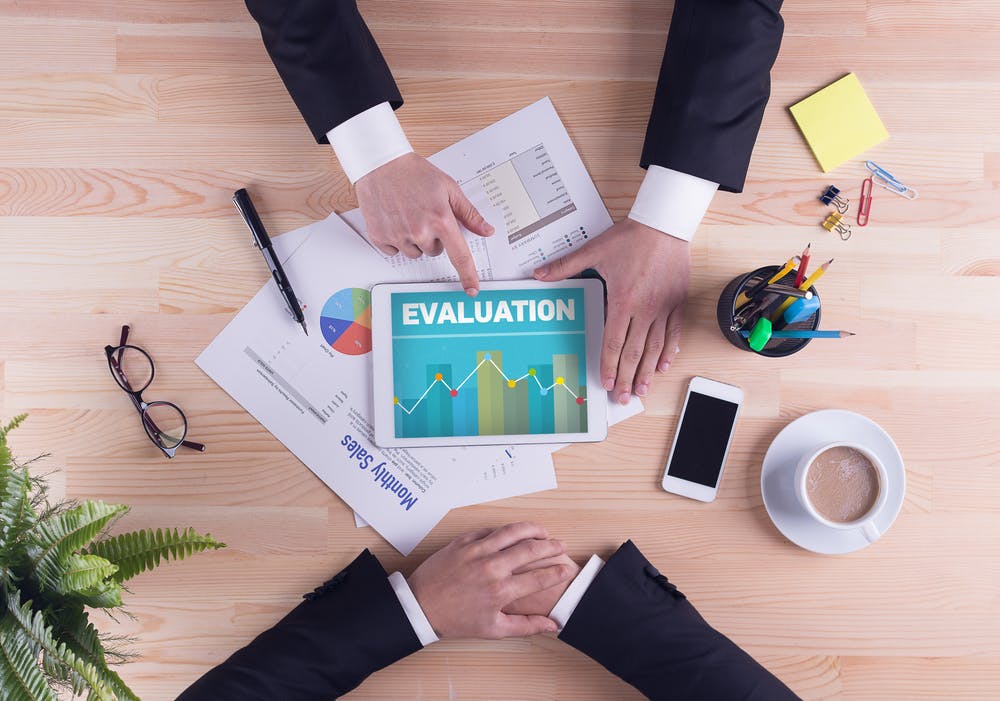We’ve all read the research, the annual performance process has been declared ‘dead’ and there is a sense of urgency to move away from the traditional process altogether. But when I meet with HR and talent leaders to discuss their challenges, there is a distinct hesitancy – it’s not as simple as it seems. Today’s changing, multi-generational and increasingly diverse workforce has new expectations for the employee-manager relationship – and this plays a vital role in the evolution of performance management.
Managers sit at the intersection of many of today’s challenges in the organization – aligning goals, optimizing performance, enabling career mobility for employees and understanding and resolving the skills gaps across their teams. In most organizations, managers are the drivers of all of this in addition to carrying their own workload of deliverables. It’s no wonder managers and leaders are overwhelmed, and what if your managers aren’t ready to support the shift in a process as critical as performance and feedback?
As you consider throwing the annual performance review to the wind, or evolving it in some capacity, lead with manager empowerment to anchor whichever transformation you undergo. Here are a few thoughts to get you started.
All managers aren’t created equal
People make their climb to management for a number of reasons – they’re top performers, somebody leaves the organization, tenure or new organizational structure, just to name a few. It isn’t often that people are promoted into management positions based on their actual ability to manage others – in fact, there’s research showing that less than 10% of people have the natural talent to manage people. Before tackling performance, one of the organizations I work with regularly sets out to focus first on management and leadership development. They had an astounding 40,000+ people managers in their organization and recognized that increasing management capability, including creating a consistent baseline of management skills, would be key to creating the agility they needed then evolve any other programs within their integrated talent management strategy.
Don’t assume ‘manager’ and ‘coach’ are the same thing
Four out of ten organizations — 42% according to a Brandon Hall Group study — cite ‘coaching in the moment’ as the single biggest leadership skill gap they face. This same study points out that only 1/3 of managers are skilled at coaching performance from their teams. One of the customers I work with, a global drug manufacturer, set out to revamp the performance process but recognized that its teams of brilliant scientists were largely averse to development conversations with their employees – they wanted to be in the labs working!
Unfortunately, only 27% of employees feel their managers provide feedback that helps them do their job better, so a slick new performance process or continuous feedback technology will be useless if you haven’t first skilled your managers. The customer mentioned above worked to ensure managers were prepared to provide their team members with meaningful, targeted feedback – even implementing programs that ensure every manager has a 30-minute development discussion with each of their direct reports every 30 days.
Recognize where performance fits within your culture
Some of the organizations I speak with want to evolve their performance process to a culture of coaching but have hesitant business units, or managers responsible for upwards of 100 direct reports. As organizations turn to resolving their engagement and retention dilemma, managers are tasked with an entirely new set of people-management expectations. The performance management process isn’t a one-size fits all solution; organizational structure and industry can impact which model is right for you.
Before you begin to evolve performance, and upskill your managers, define exactly what role your managers will play. Look at other organizations in your industry. Just because continuous feedback is a hot topic in the industry doesn’t mean it’s feasible for a labor-intensive or remote workforce. At the same time, consider how today’s digital tools may make an approach you never thought possible within reach.
